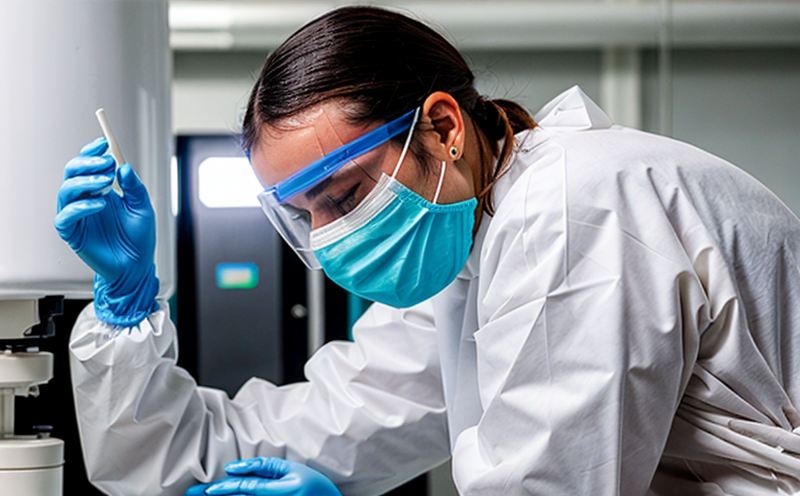EN 62493 Assessment of Human Exposure to Electromagnetic Fields from Lighting Products
The European Standard EN 62493 provides a comprehensive framework for assessing human exposure to electromagnetic fields (EMF) emitted by lighting products. This standard is designed to ensure that lighting fixtures do not exceed safe limits set forth in the International Commission on Non-Ionizing Radiation Protection (ICNIRP) guidelines and other relevant international standards.
The assessment process outlined in EN 62493 involves several key steps, including initial risk assessment, measurement of EMF levels, and determination of compliance with specified limits. This standard is particularly important for lighting manufacturers who need to demonstrate regulatory compliance, especially in markets where stringent safety regulations are enforced.
One of the primary challenges faced by lighting product developers is ensuring that their products do not inadvertently expose users to harmful levels of EMF. By adhering to EN 62493, companies can mitigate risks associated with non-compliance and build trust among consumers who prioritize health and safety.
The standard covers a wide range of lighting technologies, including LED, fluorescent, halogen, and incandescent bulbs. It also addresses various environmental conditions under which the tests should be conducted to ensure accurate results. Compliance testing is essential for protecting both manufacturers and end-users from potential hazards related to EMF exposure.
In summary, EN 62493 plays a crucial role in safeguarding public health by setting forth guidelines for assessing human exposure to electromagnetic fields emitted by lighting products. Adhering to this standard helps ensure that lighting fixtures meet stringent safety requirements and contribute positively to overall well-being.
Why It Matters
The importance of EN 62493 cannot be overstated, as it directly impacts the health and safety of individuals who interact with lighting products on a daily basis. By addressing concerns about EMF exposure, this standard ensures that consumers can use their lights without worrying about potential adverse effects.
- Reduces risk of overexposure to EMFs
- Safeguards against health issues linked to excessive EMF intake
- Enhances trust between manufacturers and customers regarding product safety
- Promotes compliance with international safety standards
For quality managers, compliance officers, R&D engineers, and procurement professionals involved in the lighting industry, understanding EN 62493 is essential for maintaining high standards of production and ensuring that products meet necessary regulatory requirements.
The implementation of this standard also benefits society at large by fostering safer living environments. As more people adopt smart home technology featuring connected lights, knowing that these devices adhere to strict safety protocols provides peace of mind.
Industry Applications
EN 62493 has wide-ranging applications across various sectors within the lighting industry:
- Residential Lighting: Ensuring that home lighting systems comply with safety standards helps protect families from unnecessary risks.
- Commercial Buildings: Offices and retail spaces benefit from compliant lighting solutions, enhancing both employee productivity and customer comfort.
- Public Spaces: Streets, parks, and other public areas require reliable, safe lighting that meets stringent safety criteria.
- Sports Facilities: Stadiums and arenas need to ensure their lighting equipment does not pose hazards during events or training sessions.
By incorporating EN 62493 into product development processes, manufacturers can expand their reach into international markets while maintaining consistent quality standards worldwide.
Quality and Reliability Assurance
To ensure accurate assessments of human exposure to EMF from lighting products, several key practices must be followed:
- Calibration of Measurement Equipment: Ensuring that all instruments used for testing are properly calibrated is critical.
- Environmental Factors: Testing should account for variations in environmental conditions such as temperature and humidity.
- Specimen Preparation: Proper preparation of the lighting fixture before measurement ensures consistent and reliable data.
- Data Analysis: Thorough analysis of collected data helps identify any areas where improvements are needed.
Compliance testing is not just about meeting legal requirements; it’s also an opportunity for continuous improvement. By adhering to rigorous standards like EN 62493, manufacturers can enhance the reliability and longevity of their products while reducing risks associated with EMF exposure.





